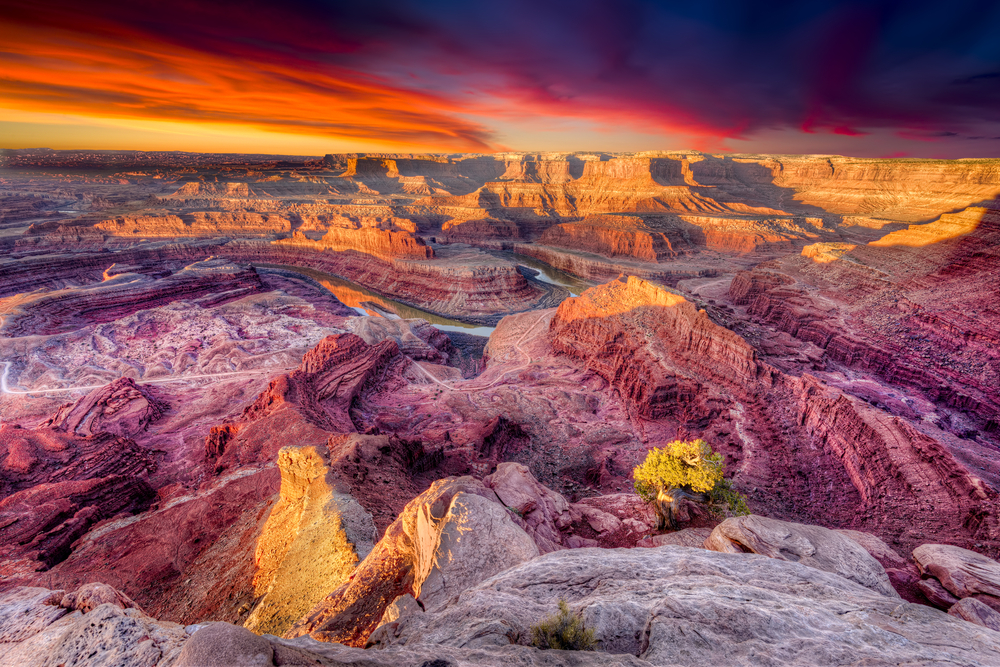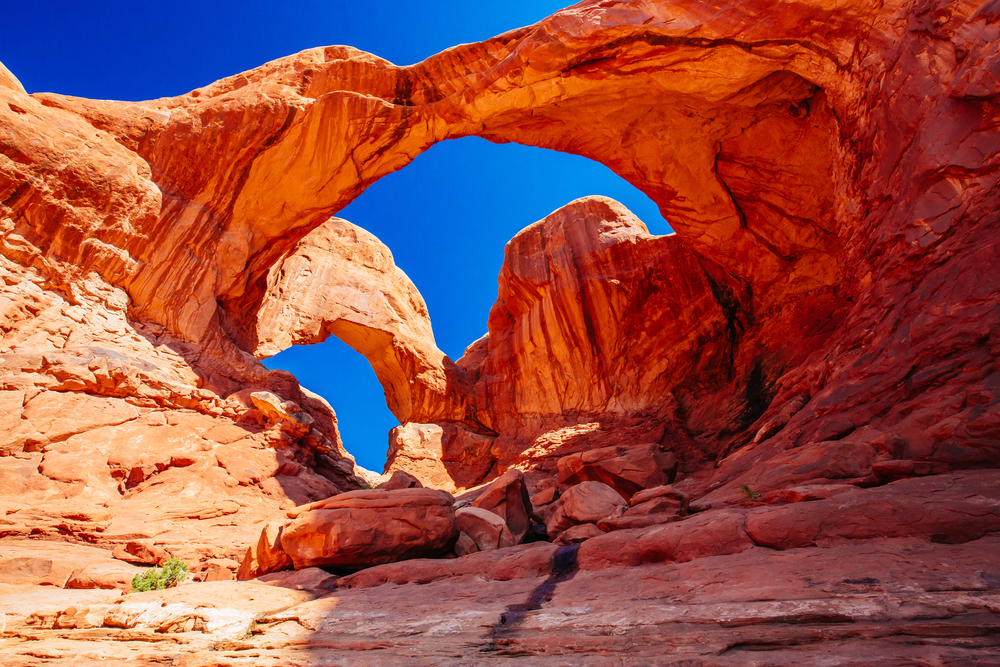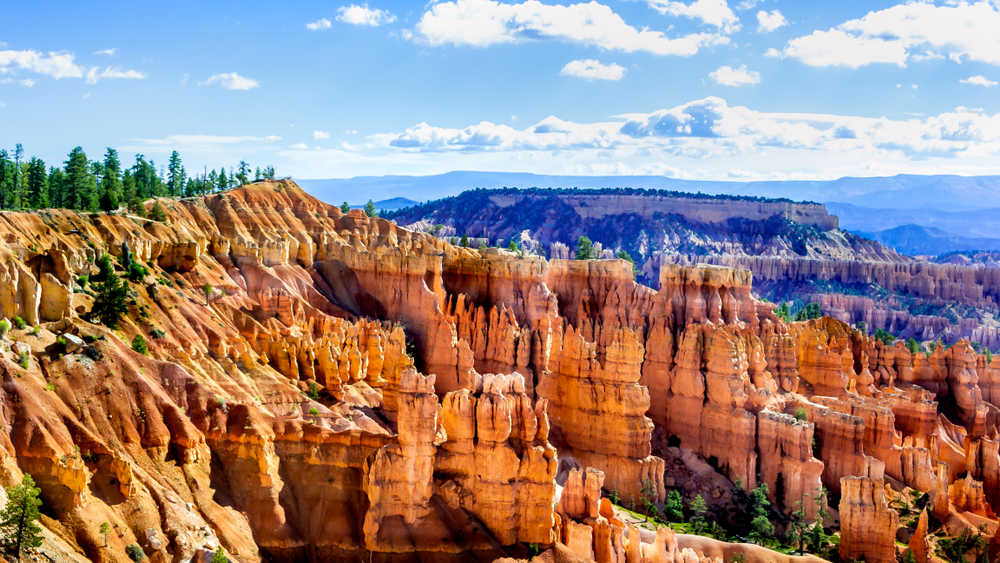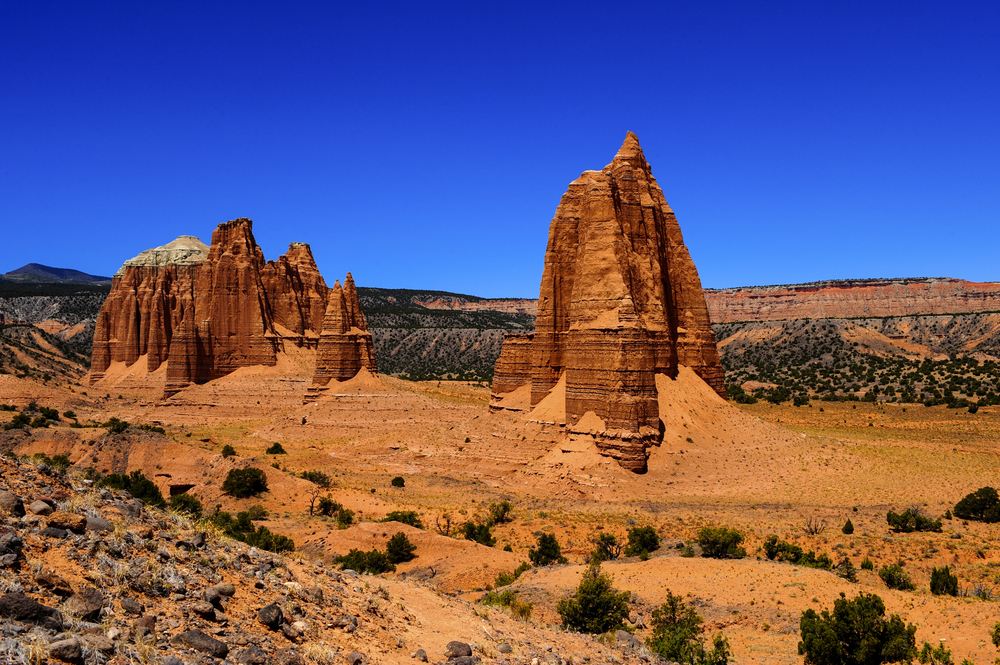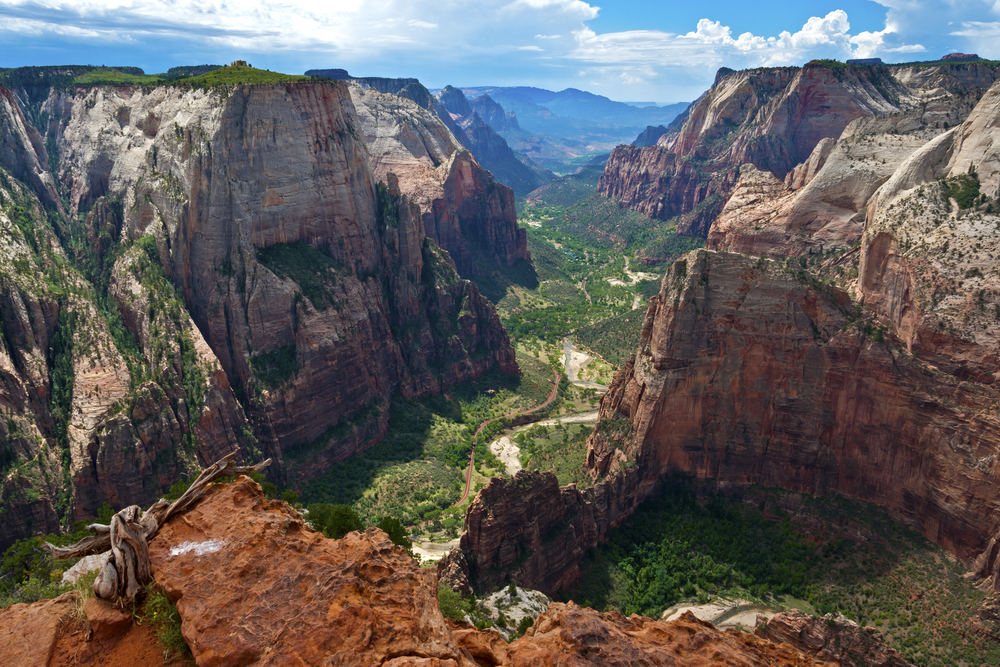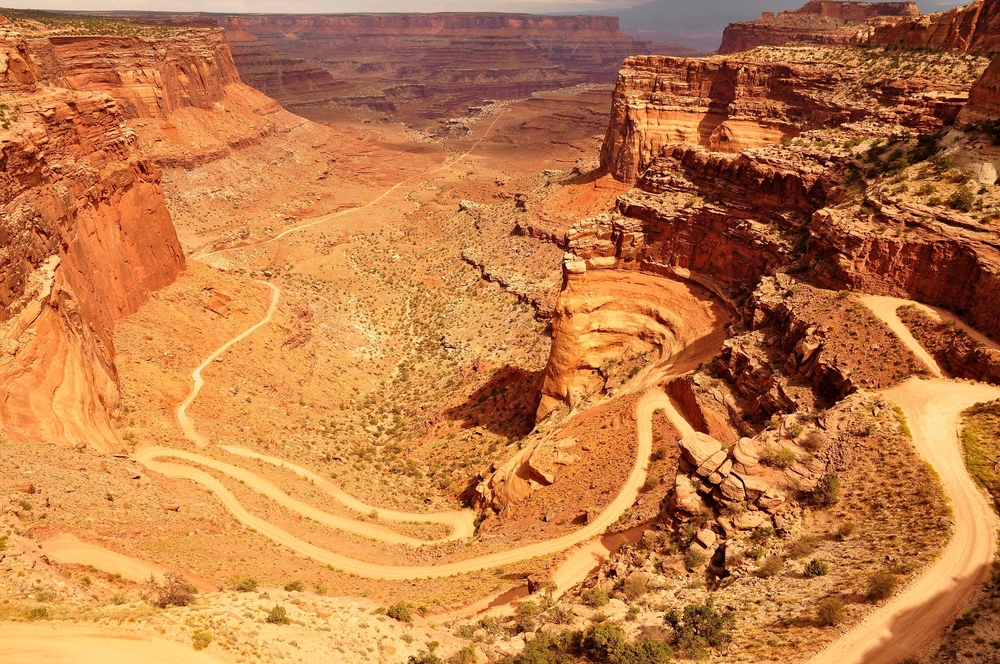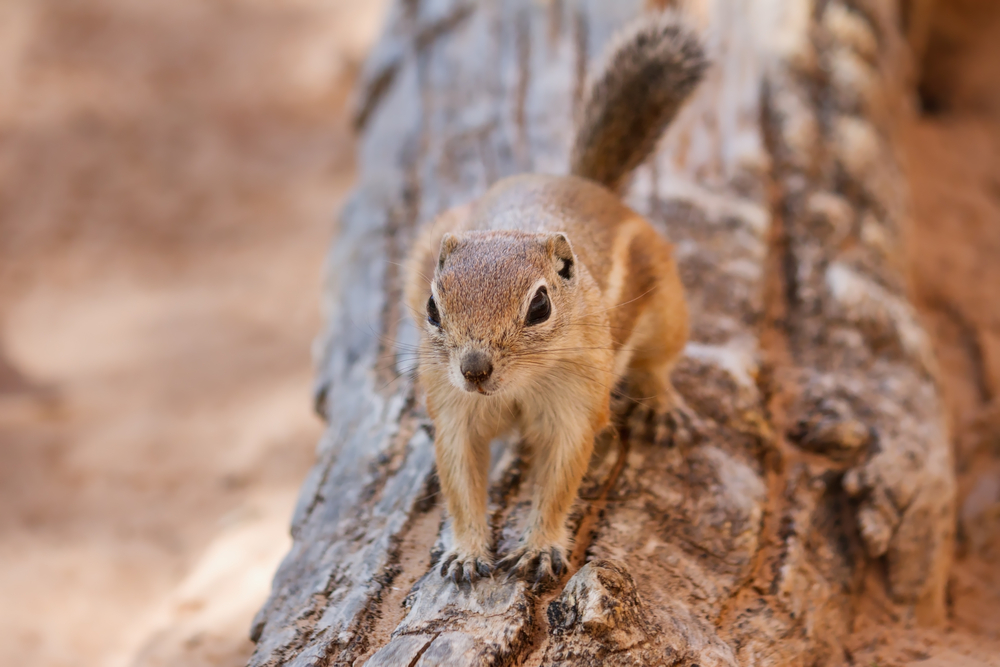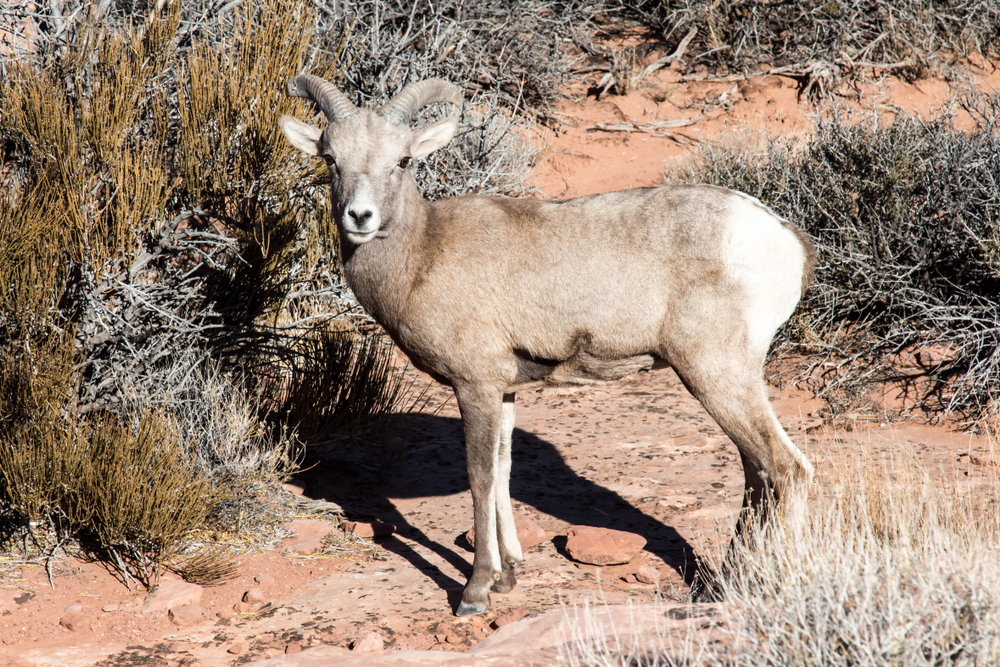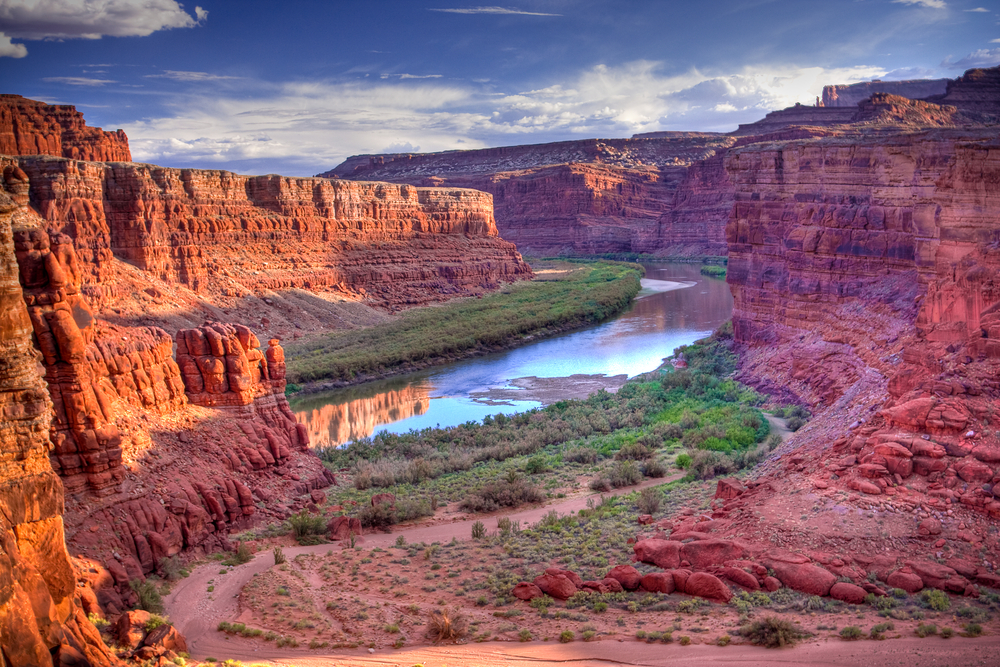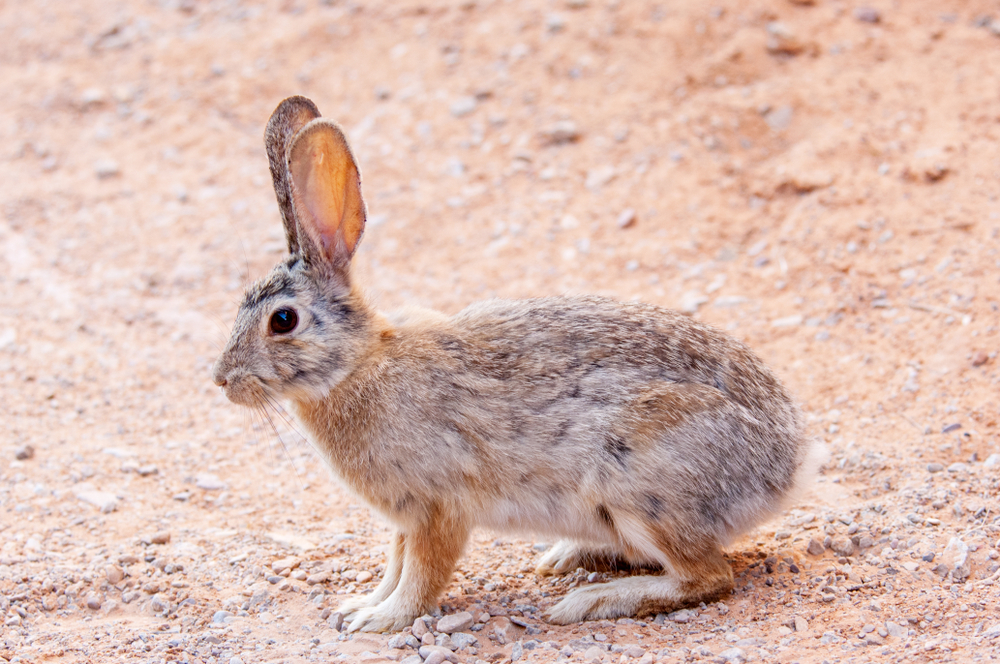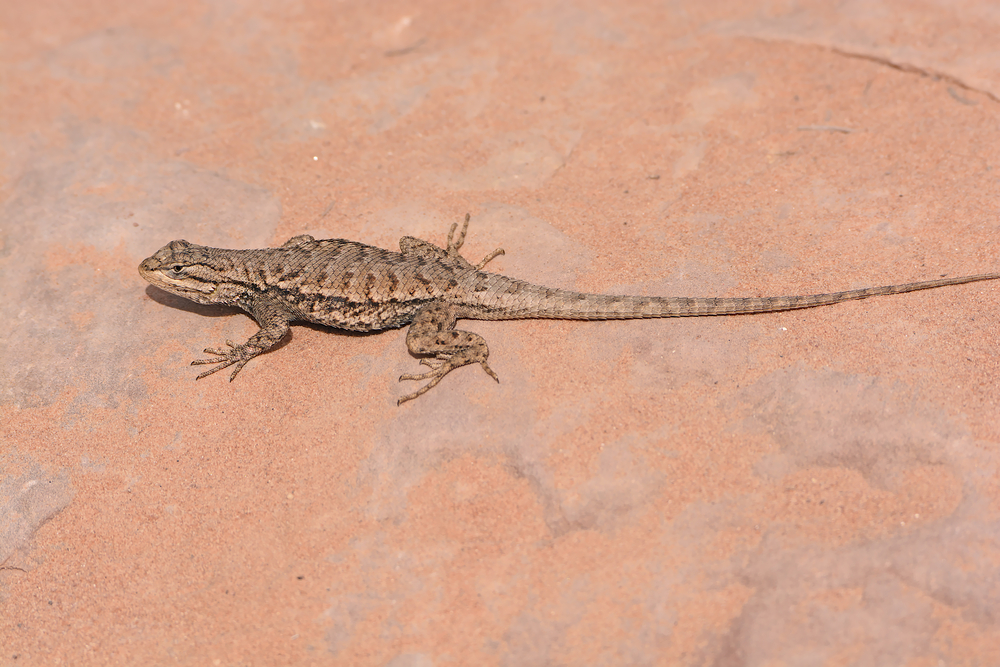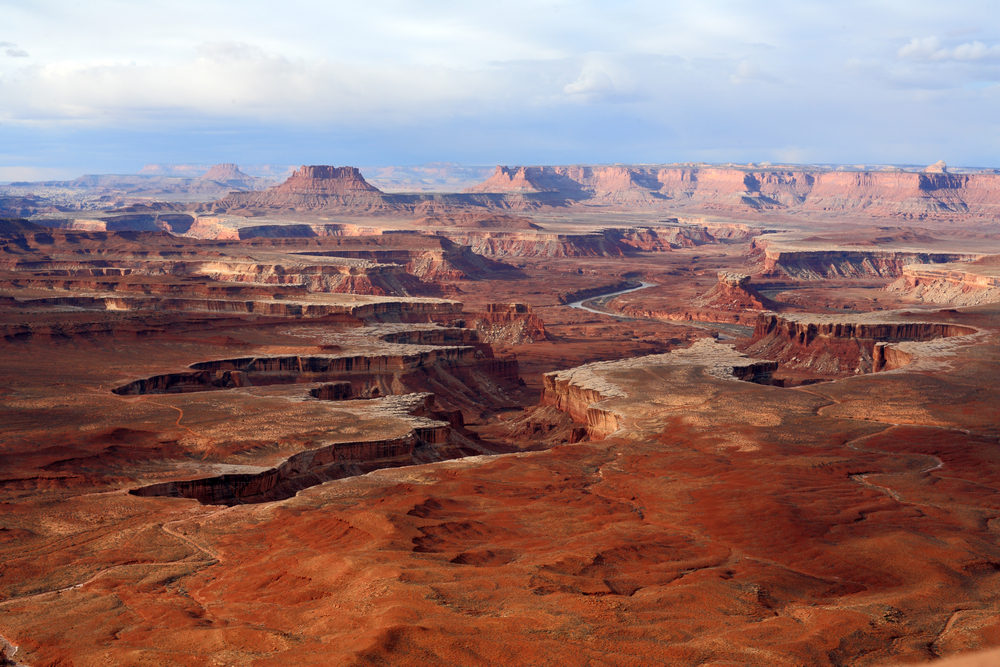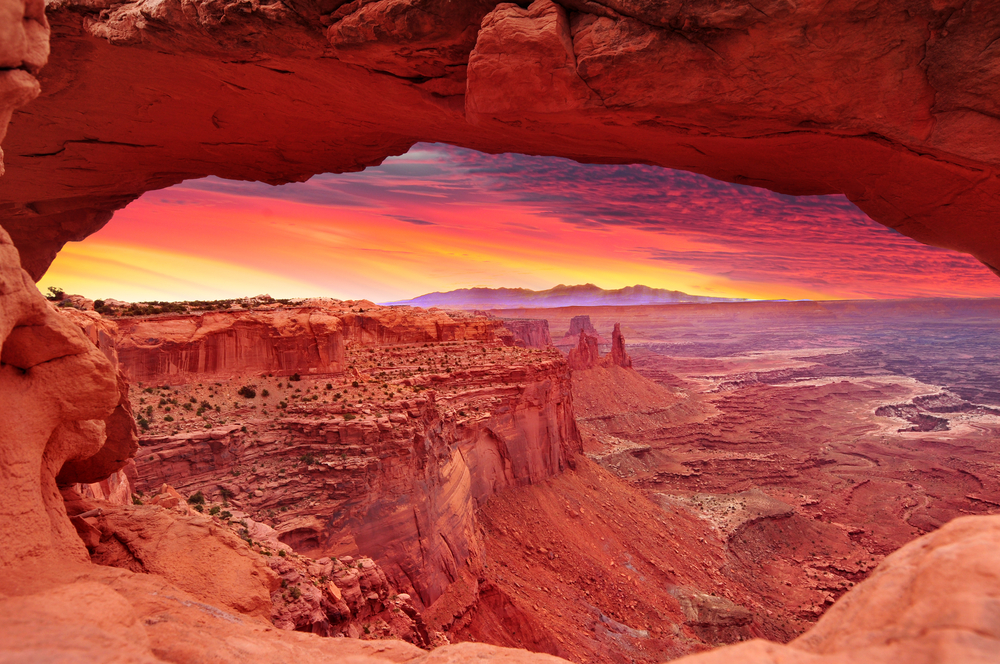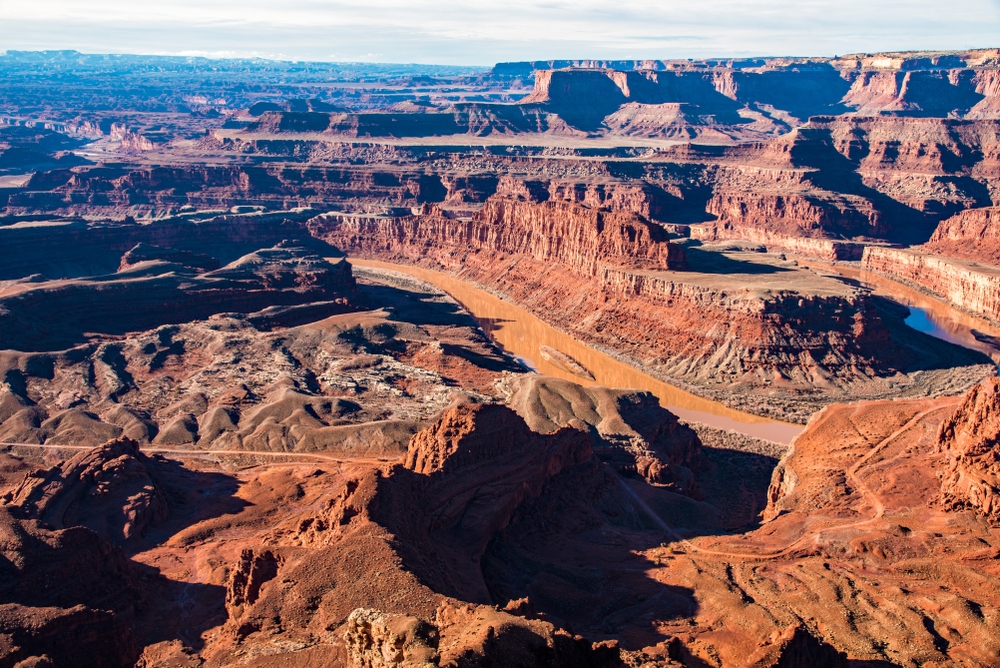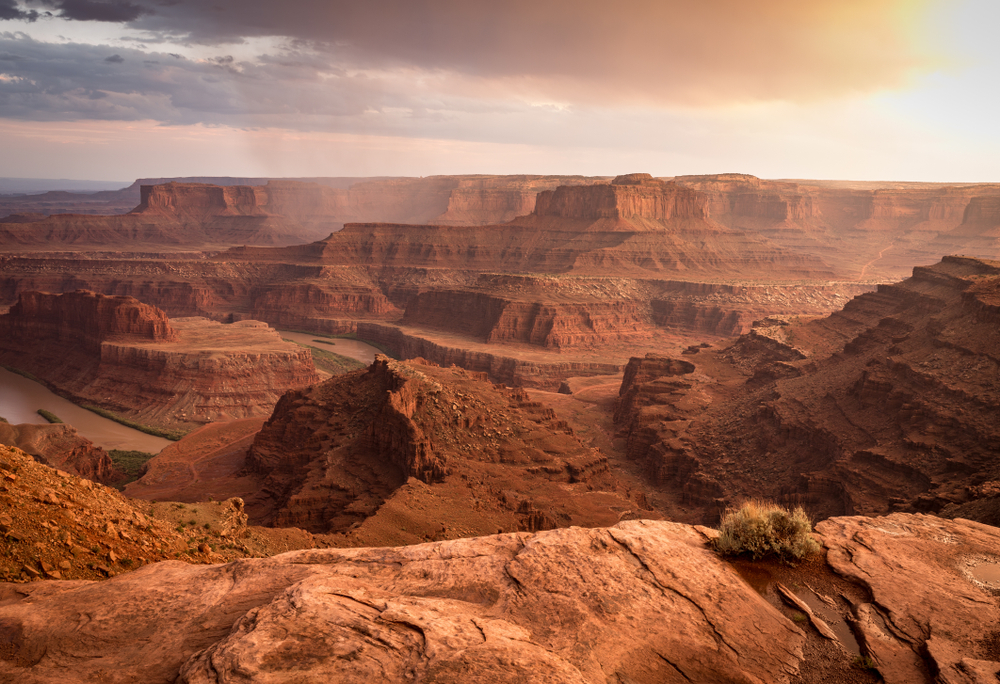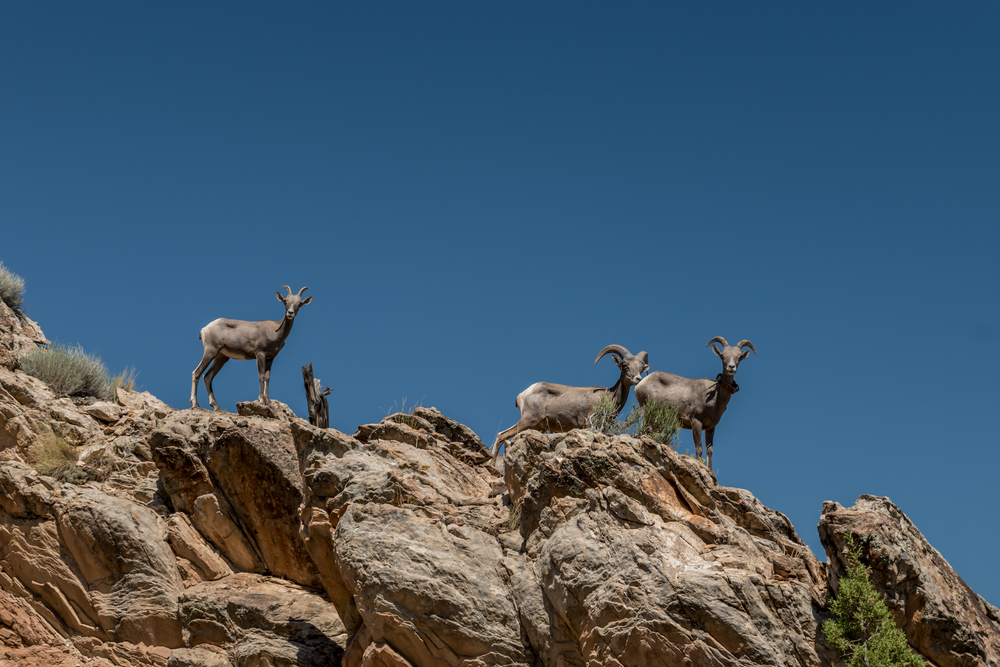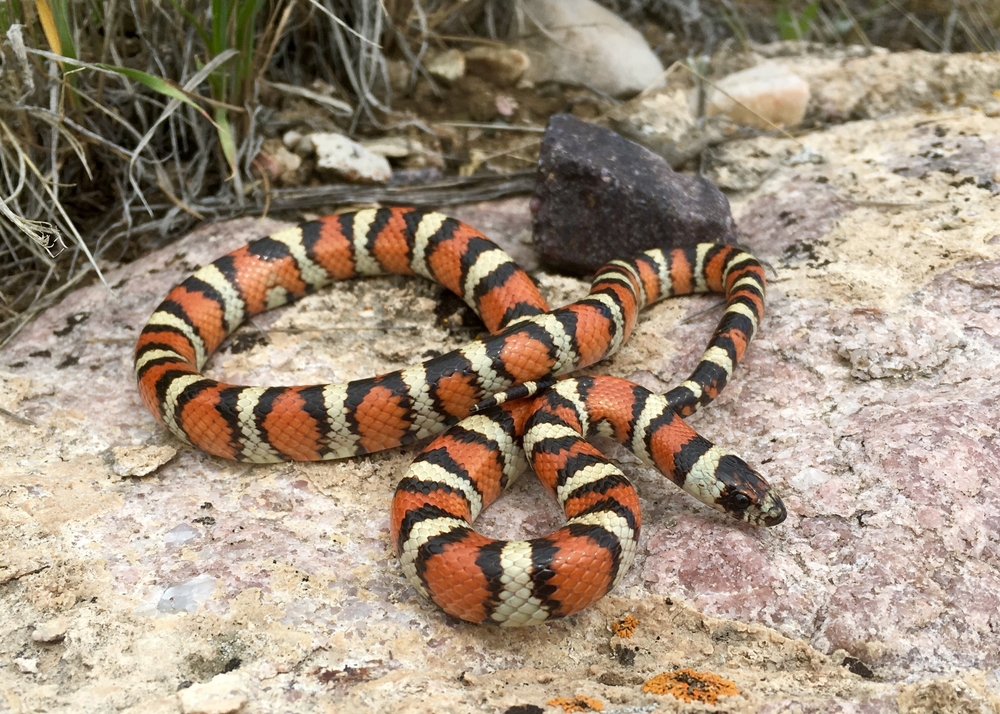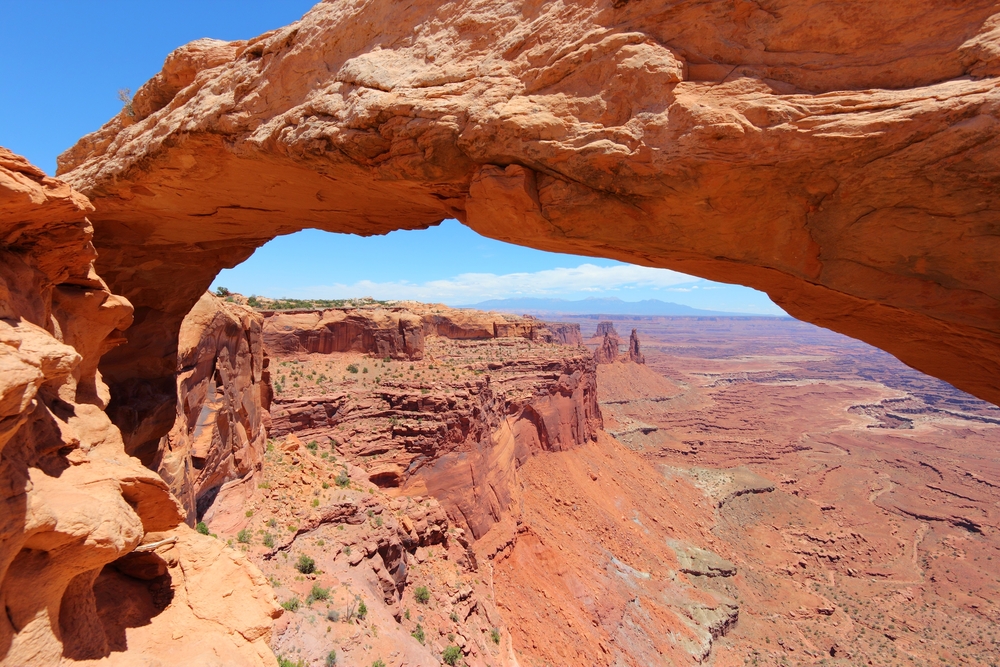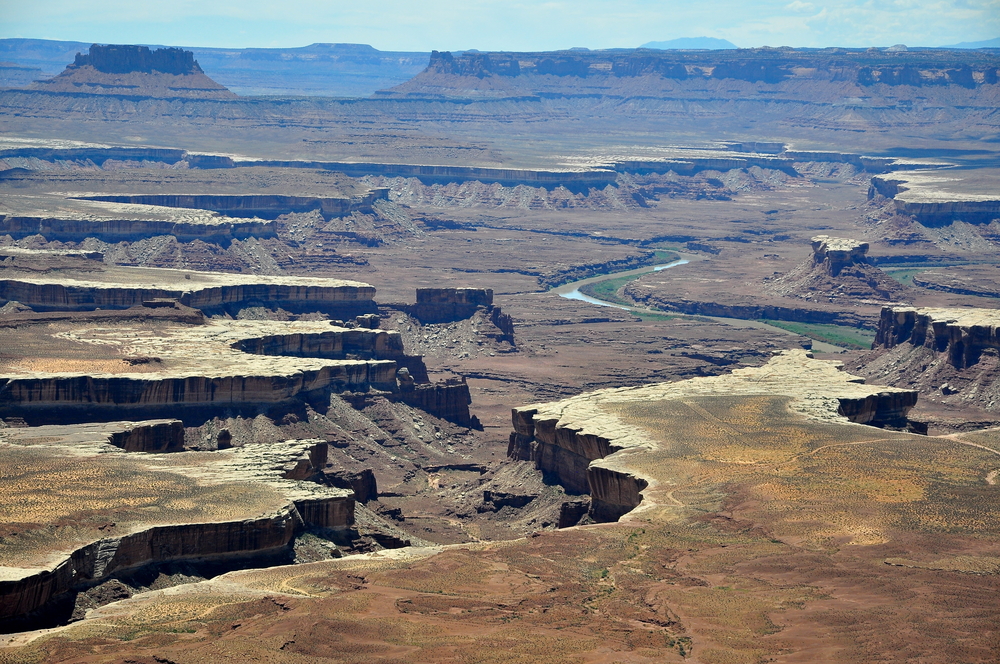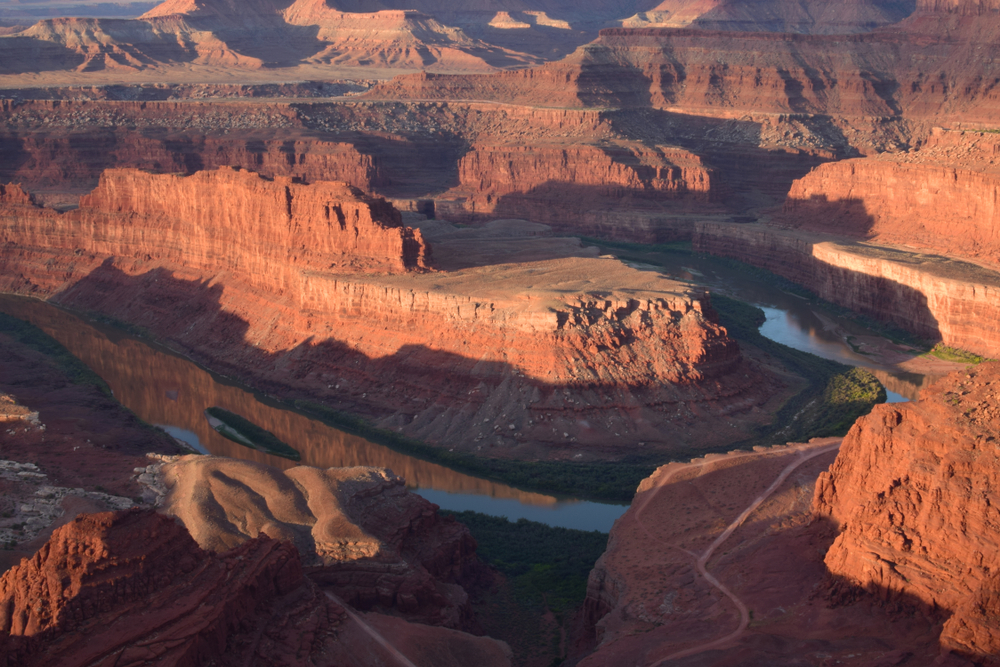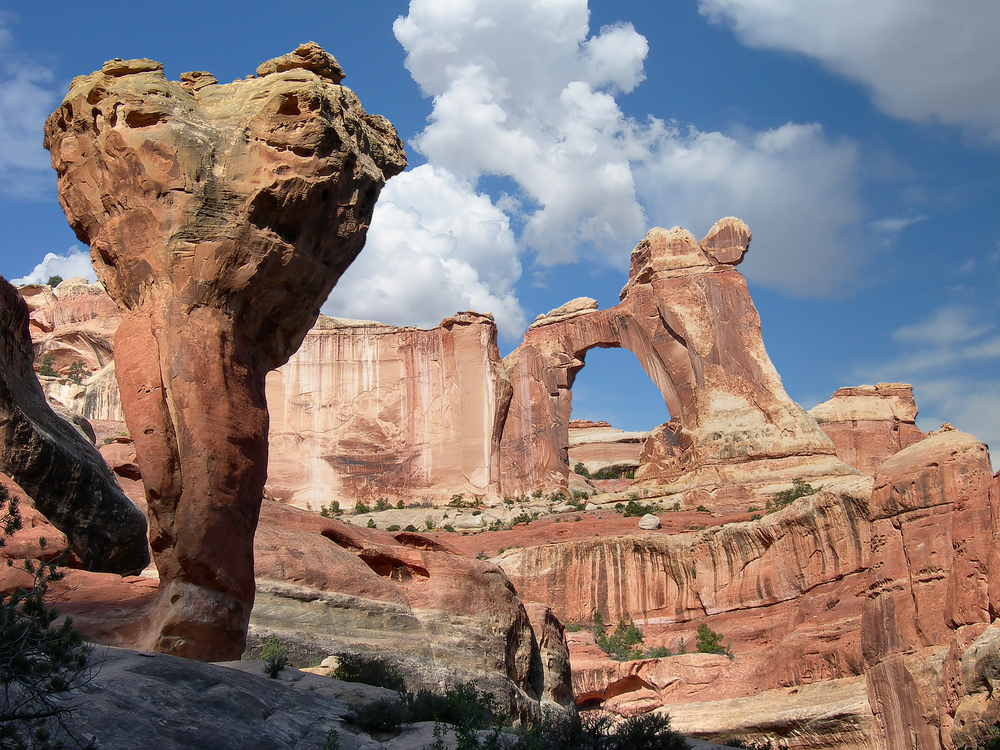Popular
Canyonlands National Park, a sprawling wilderness of canyons, mesas, and buttes carved by the Colorado River in southeastern Utah, offers an awe-inspiring backdrop for a diverse assembly of wildlife. This rugged terrain, with its array of ecosystems from high desert to riparian areas, supports a variety of species well-adapted to the challenging environment. Visitors to Canyonlands can expect to encounter a range of animals that have become emblematic of the American Southwest’s natural beauty and ecological complexity.
Desert Bighorn Sheep – Once near extinction in the area, these agile mammals have made a comeback, skillfully navigating the park’s rocky cliffs and ledges.
Mule Deer – Commonly seen at dawn and dusk, Mule Deer are vital to the park’s ecosystem, browsing on shrubs and saplings throughout the varied landscapes.
Coyote – Emblematic of the American West, Coyotes play an essential role as both predator and scavenger, adapting to almost every habitat within the park.
Black-tailed Jackrabbit – With their long ears and powerful hind legs, Black-tailed Jackrabbits are a common sight, especially in the park’s open areas at twilight.
Mountain Lion – These elusive predators are the top carnivores within Canyonlands, roaming the park in search of deer and other prey.
Red-tailed Hawk – Soaring above the canyons, the Red-tailed Hawk is a majestic presence, utilizing thermal updrafts to glide while searching for rodents and reptiles.
Peregrine Falcon – The fastest bird in the world, Peregrine Falcons nest on the park’s cliff faces, diving at incredible speeds to catch their prey in flight.
Ravens – Highly intelligent and adaptable, Ravens are a common sight, known for their problem-solving skills and complex social behaviors.
Western Rattlesnake – A venomous inhabitant of the park, Western Rattlesnakes are most active at dusk, playing a critical role in controlling rodent populations.
Collared Lizard – Colorful and fast, Collared Lizards are often seen basking on rocks, their vibrant hues a stark contrast against the desert backdrop.
The wildlife of Canyonlands National Park not only adds to the grandeur and mystique of the landscape but also highlights the intricate balance of life in one of America’s most rugged and beautiful wild places.








































































